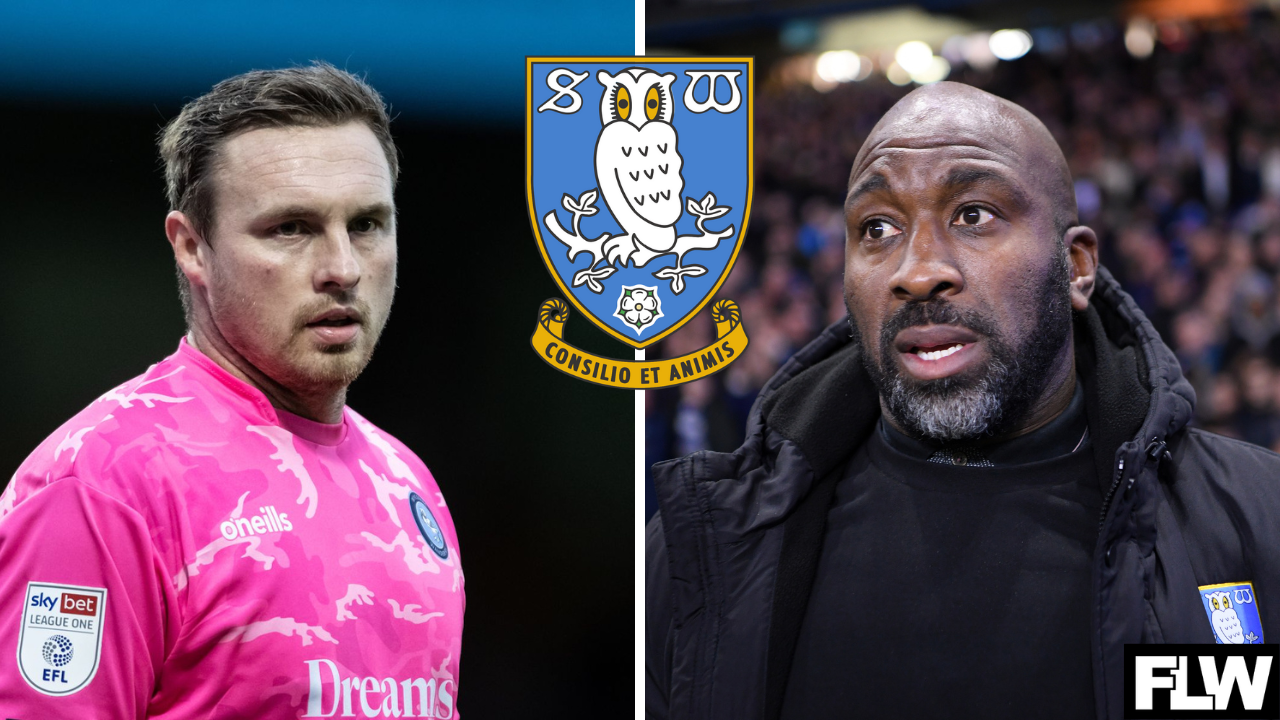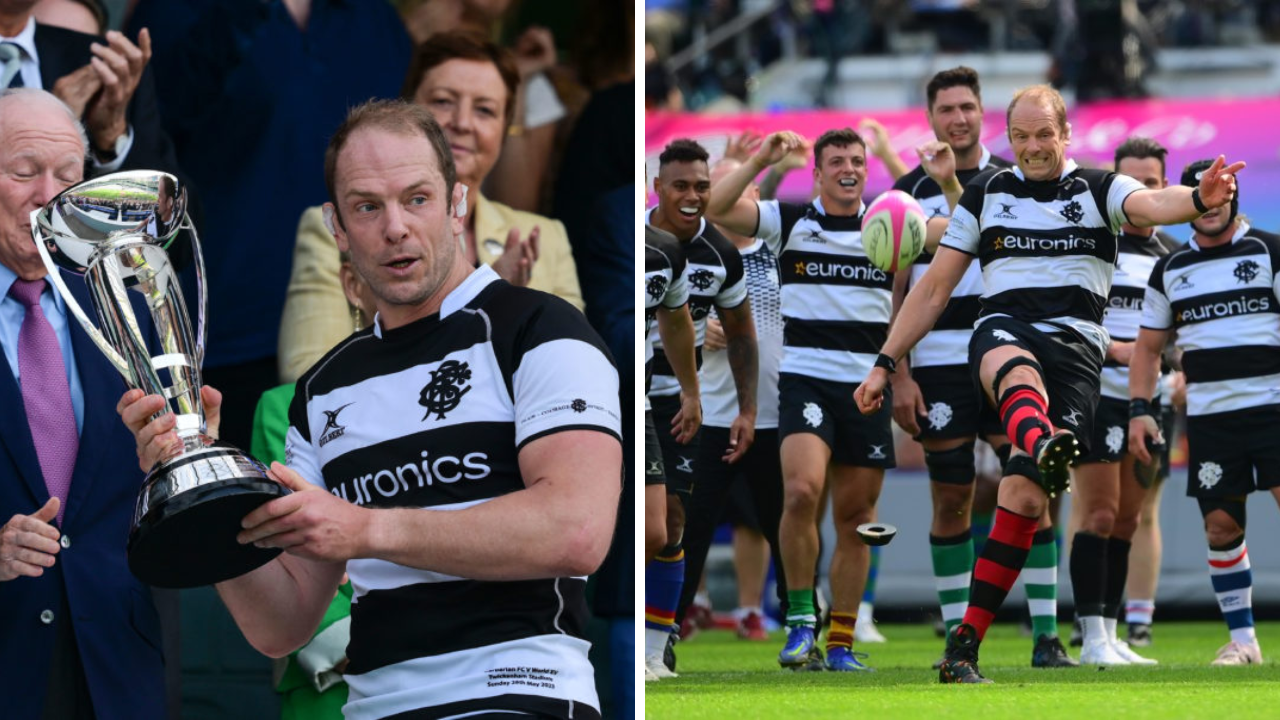Why have towels been banned by the EFL?

It all came down to one last moment and one last throw-in for Sheffield Wednesday.
The comeback of all comebacks in the most entertaining game of the EFL season was sealed with the ensuing chaos after Will Vaulks’ long throw into the area was first headed clear, then sent back into the box for Aden Flint to head down to Liam Palmer. He scored, Hillsborough erupted and Wednesday kept their season alive — somehow taking a game that started with a 4-0 deficit against Peterborough United to 4-4 and extra time.
In the end, leaving it late was what defined their dramatic promotion win at Wembley against Barnsley, too, but none of it would have happened without that throw-in. Darren Moore’s side had used it when needed all season, through Vaulks or Callum Paterson, and they were far from alone in draping towels to dry the ball on the advertising hoardings around EFL grounds most weekends.
From next season that will all change. The towels must go and a new multiball system will be in place as a result of recent changes to the EFL regulations in a bid to speed the game up. Drying a ball on a towel, or any other item obtained from a member of the crowd, will be prohibited when the league season restarts on August 5. Meanwhile, a multiball system will see balls placed on cones in designated pitch-side positions in another attempt to speed up returning the ball to the field.
The changes were voted through by member clubs at the EFL’s annual AGM, with changes to the league’s rules set to apply from the 2023-24 season. The multiball amendment was proposed primarily with the hope of improving ‘ball in play’ statistics, meaning the amount of time the ball spends on the field. The 2022-23 season saw the re-emergence of the long-running debate across the four professional leagues in English football regarding timewasting or, depending on your point of view, being streetwise when it comes to ball possession.
‘Ball in play’ data
| League | Ball in play time |
|---|---|
|
Premier League |
54 minutes 46 seconds |
|
Championship |
52 minutes 13 seconds |
|
League One |
50 minutes 7 seconds |
|
League Two |
48 minutes 2 seconds |
Data from Opta shows the average amount of the regulation 90 minutes the ball was in play in 2022-23 decreased with each step of the pyramid. For the Premier League, it was 54 minutes 46 seconds (of an average match length of 98 minutes and 14 seconds), meaning the ball was in play for 55.8 per cent on average. In the Championship, that decreases to 52min 13secs, in League One 50min 7secs, and in League Two 48min 2secs on average across the season (not including play-off matches).
Ball-in-play time should also improve with the ban on the use of towels and drying aids across the EFL, although the main logic for the regulation change is to remove any grey area in the existing rules which allowed for some teams to use towels before a throw-in while others did not. The rule change includes taking items from the crowd to dry the ball, as happened when West Bromwich Albion’s Darnell Furlong used a sweatshirt from a member of the crowd in August 2021 against Peterborough United, much to the frustration of the home crowd and manager Darren Ferguson.
Among those to favour the use of a towel before a long throw last season were Sheffield Wednesday, Barnsley and Newport County, who scored the most goals directly from long throws in the three EFL divisions according to Opta’s data. In the National League, Wrexham’s Ben Tozer, as he explained to The Athletic during his Cheltenham Town days, was a threat from the long throw but will have to return to drying his ball on his shirt rather than a towel next season following promotion to League Two.
In the Championship, Millwall used Zian Flemming’s long throw to help them push for the play-offs. The Dutch forward made waves in his first season in England for what he did with his feet, but his long throw gave Gary Rowett’s side an extra attacking weapon.
EFL goals scored from throw-ins 22-23
| Team | Competition | Goals from throw-ins |
|---|---|---|
|
Newport County |
League Two |
6 |
|
Northampton Town |
League Two |
4 |
|
Walsall |
League Two |
4 |
|
Millwall |
Championship |
3 |
|
Ipswich Town |
League One |
3 |
|
Accrington Stanley |
League One |
3 |
Newport’s Mickey Demetriou was the main threat from throw-ins last season in League Two, with three assists in the space of three games in April as Graham Coughlan’s side finished 15th in the league. The 33-year-old was not entirely reliant on the use of a towel, however, with the defender only using one in County’s home games at Rodney Parade but choosing to dry the ball on his shirt away from home.
Second-highest among the teams to score in the phase of play immediately after a throw-in was Northampton Town, promoted in third place last season, with Mitch Pinnock opting to dry the ball on his shirt, much like the long throws of Walsall, who recorded four goals in the aftermath of a long throw.
And there are likely to be even more goals scored in the wake of an effective attacking throw-in, like Palmer’s equaliser for Wednesday, which are not included in Opta’s data because they come in the second or third phase of play after possession is recycled and the ball played back into the box.
A mix of shirt and towel drying seemed to work effectively for throw-in legend Rory Delap, who alternated between using a towel at home and his shirt when playing away during a cult-status-creating period of long-throw assists from 2008 to 2012 while playing in the Premier League for Stoke City. Delap’s 267 long throws in 2008-09 made up 21 per cent of all long throws taken in the Premier League that season, as he recorded five throw-in assists in total.
Throw-ins are an under-used opportunity for creation from set pieces, with data showing that in the 2020-21 Premier League season, 6.7 throw-ins per game (or 19.6 in total on average per game) were in the attacking third, providing a chance to get the ball into the box in a different way to corners, which, in contrast, are not as effective methods of chance-creation as fans expect. Since 2010, only three per cent of the corners taken in Europe’s top five leagues have resulted in a goal — which is why the likes of Liverpool and Brentford have worked with throw-in specialists in recent seasons.
And while they can be an advantage, throw-in tactics can soon be sussed out, too. Over the course of last season, some teams wised up to the use of towels to dry the ball, with Barnsley’s Tom Edwards complaining that Bolton Wanderers put their towels in a puddle ahead of their first-round FA Cup match in November (although it did not stop them winning the match 2-1).
Towels are on the way out in the EFL, but expect throw-ins to be as effective as ever next season. One smart delivery can cause enough chaos to save a season — just ask Sheffield Wednesday.
(Top photo: Robbie Jay Barratt – AMA/Getty Images)













